WARNING: GRAPHIC CONTENT BELOW.
The desensitisation theory consists of the idea that we, as consumers of the mass media, are slowly desensitised to increasingly violent imagery. Accessing digital content and the development of technology has meant that over the years, we are consuming incredible amounts of media content in new and immersive ways.
You can easily see this desensitisation across all forms of media by focusing on the increasing violence. Content creators need to constantly think of new ways of shocking their audiences as they battle against the desensitisation cycle of the general public. For example, this is why you might notice a period of gory films, followed by a period of psychological thrillers. It is all about keeping audiences on their toes.
Drink driving commercials however...
Drink-driving deaths
1979: 1,640
1989: 810
1999: 460
2006: 560
2007: 410
2008: 400
2009: 380
2010: 240
2011: 230
2012: 290
In this analysis I will be focusing on the year 2000 onwards.
2004 saw a graphic advertisement involving a ‘car crash’ in a pub. The unexpected, and rather gruesome turn of events shock the audience into making the rather obvious link that, drink and driving causes this sort of incident.
What makes this advert that little bit more chilling is that the camera doesn’t shy away from the ‘rag doll’ effect of the victim. Also the people standing around the pub don’t react at all, creating a rather disturbing image of people chatting and laughing next to a dead woman.
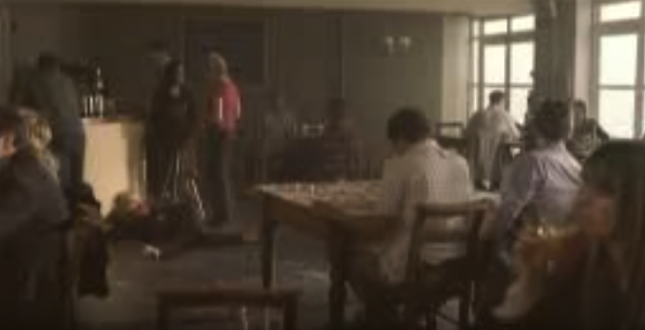
Fast-forward 5 years and the department of education released this extremely graphic advertisement involving a 20 something character drink driving resulting in a car killing an innocent young boy playing football in his garden. The video ends with the chilling line “Could you live with the shame?”
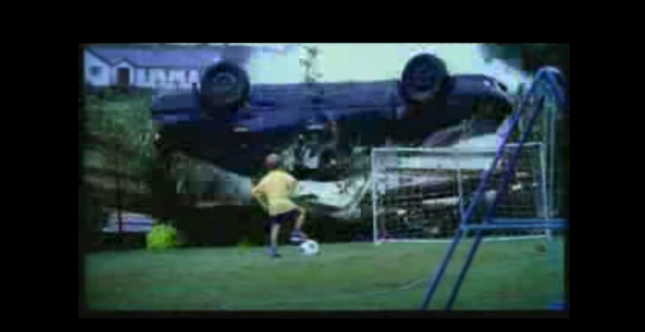
DOE felt the previous advert was so effective, they exaggerated it even further in 2014. Although it is road safety and not anti-drinking, it still shows an extremely graphic scene of a class of school children killed by a speeding car. It was so graphic it was banned before the 9pm watershed.
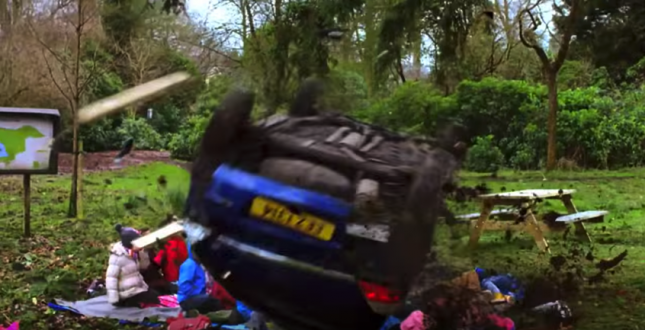
Shows like Gogglebox were extremely popular in 2013. #PubLooShocker adopted its concept by recording unexpected people going to the toilet in a pub. The mirror is rigged with prosthetics and blood so as someone washes their hands, the prosthetic head is forced through the mirror. This is one of the first adverts to adopt a POV (point of view) aspect. The viewer and ‘prank victims’ are the drivers having a pedestrian smash through their windscreen. An image I am sure the people in the video won’t forget anytime soon.
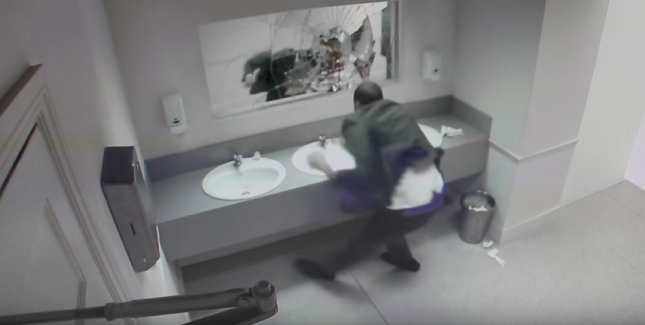
Now we come to one of the latest drink driving adverts. #butalive.
This advert uses a narrator telling the story of an ordinary worker drinking with his manager. When offered a second drink we see two versions of the future. The first is a very unexpected, and slightly gory, image of them in a car crash. The other is him going back to his boring job, #butalive.
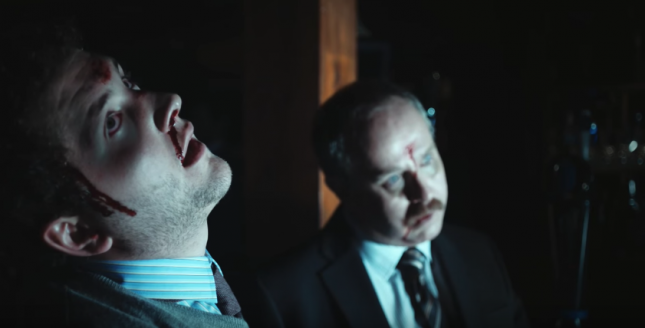
This analysis is not to say that all drinking adverts adopt a gory approach, for example the 2007 pub barman commercial. However, the vast majority stick with the blood and gore. One could argue that they ignore the desensitisation cycle and instead weave in small aspects of popular culture in their adverts to keep them ‘fresh’, i.e. CCTV TV in 2013, and more dark comedy in 2015.
So why do they break the cycle?
Guilt. If we as human beings inflict serious or fatal injuries to someone by accident, the guilt would (most likely) torment us everyday.
Public opinion. Some of these adverts above brand the viewer by saying “Shame on you” (or something similar). Take a second to think about what your family would think if you killed a classroom of children.
Grounded. It could be argued that the main reason why psychological adverts aren’t as popular as violent versions is because these adverts are trying to communicate reality. None of the scenarios are constructed outside the realm of possibility. Some might seem extreme however all could happen. I believe this is why they break the cycle, because these adverts need to continue to show the worst case scenario if you drink and drive.
Reminder. Drink driving deaths rose between 1999 – 2006 and 2011 – 2012. It is clear that people need constantly reminding of the horrific consequences if they drink drive. If these adverts weren’t constantly created, there is a chance these numbers would rise again.
When/What is too far?
In my opinion, as long as the adverts keep inside the realm of possibility, then nothing is too far. If it keeps drink driving deaths down, then it is all worth it. My only concern is who views these increasingly graphic videos, as some of these adverts could potentially do some psychological damage to a young, very impressionable child. These adverts are meant for drivers. Let’s make sure we keep it that way.

